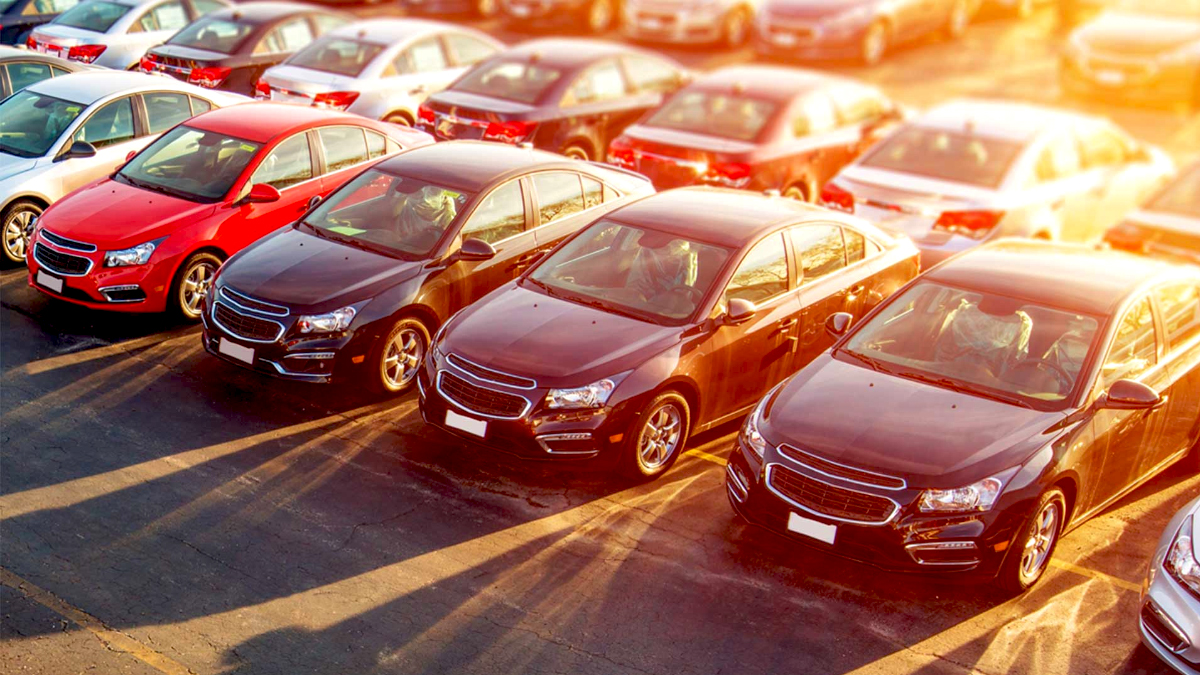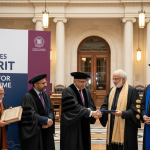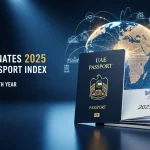
The outgoing calendar year 2021 was a massive recovery period for the auto sector.
Amid the detrimental impacts of the ongoing pandemic, car sales surged by 90% from January to November.
With lower interest rates leading to greater auto financing, a pickup in economic activity boosted demand for automobiles.
The surge in sales can be linked to improving economic conditions in Pakistan’s rural areas because of surging prices of agricultural products and improving purchasing power parity due to the bumper output of major crops.
The government’s policies also led to the launch of new models — Changan Alswin, Honda City, X70, Hyundai Elantra, Hyundai Sonata, KIA Stonic, and KIA Sorento — which kept sales volumes upbeat.
December numbers are not available yet. However, cumulative auto sales grew 65 per cent year on year by November.
This year, demand for vehicles had become robust because of slashed car prices resulting from the government cutting back on sales tax and FED. This, coupled with the cheaper cost of borrowing because of lowered interest rates, injected confidence into the industry.
Read also | Mini-budget 2021: Everything you need to know
Auto financing is at its peak, with the share of auto loans in consumer financing at its highest point — 44 per cent in November 2021. Moreover, the PTI regime has come out with a new policy on automotive development aimed at boosting volumes and localization.
However, the question is whether the coming months promise the same success for the industry? The answer can’t be given.
The higher cost of imported inputs has begun to pinch automakers.
At the same time, the exchange rate has now gone up. A Suzuki Alto 660 buyer would have to pay Rs5,000 per month more, Rs7,000 for Picanto A/T, Rs9,500 for Corolla, and Rs8,400 for Cultus.
Naturally, expensive cars will have to bear a higher brunt. Still, even vehicles in the affordable category will become costly to buy.



